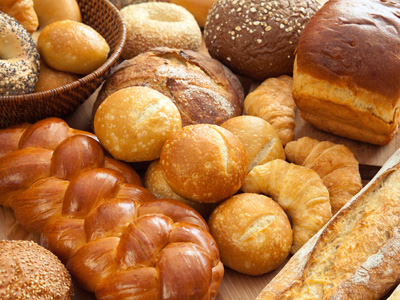
Microorganisms
Let's explore the world of tiny beings with this exciting KS2 Science topic - microorganisms! They're super small, like bacteria, viruses, and some fungi, and you need a special microscope to see them.
Did you know microorganisms are everywhere, even in a cow's tummy and our own guts? If we weighed them, they'd be heavier than all other living things! Some microorganisms can make us sick, but others are really helpful. How can we kill bacteria? Are viruses alive? And guess what, fungi help us make yummy bread!
Test your microorganism knowledge with this fun KS2 Science quiz. How much do you know about these tiny living wonders?
Join the Quiz Adventure! Read More About The BenefitsReady for more?
not all...
quizzers. Try to win a coveted spot on our Hall of Fame Page.







